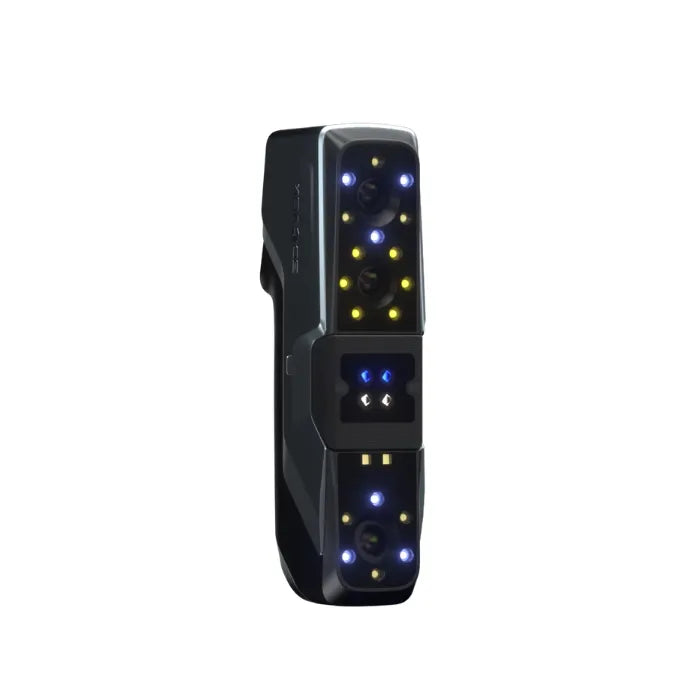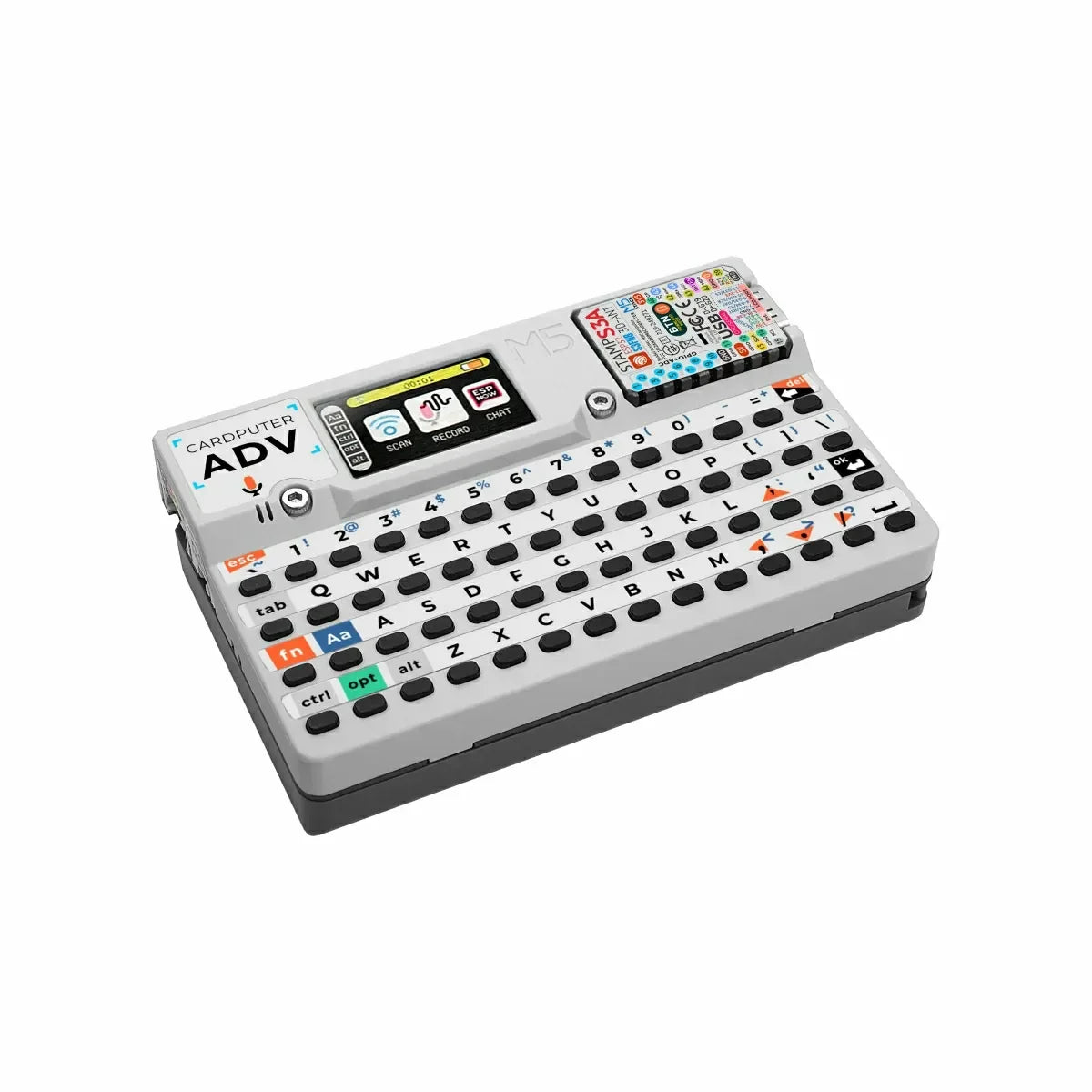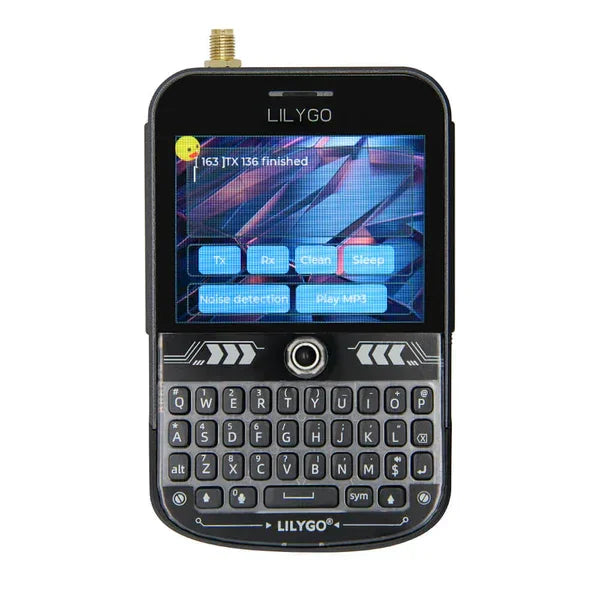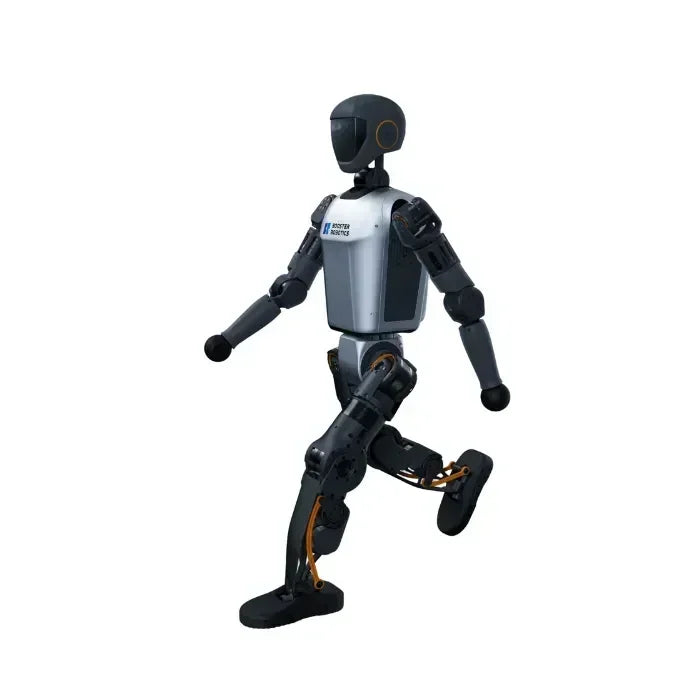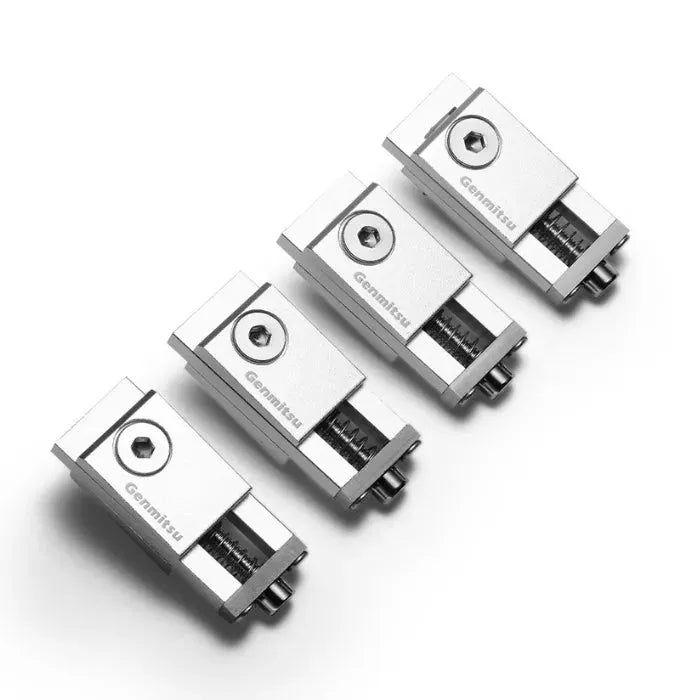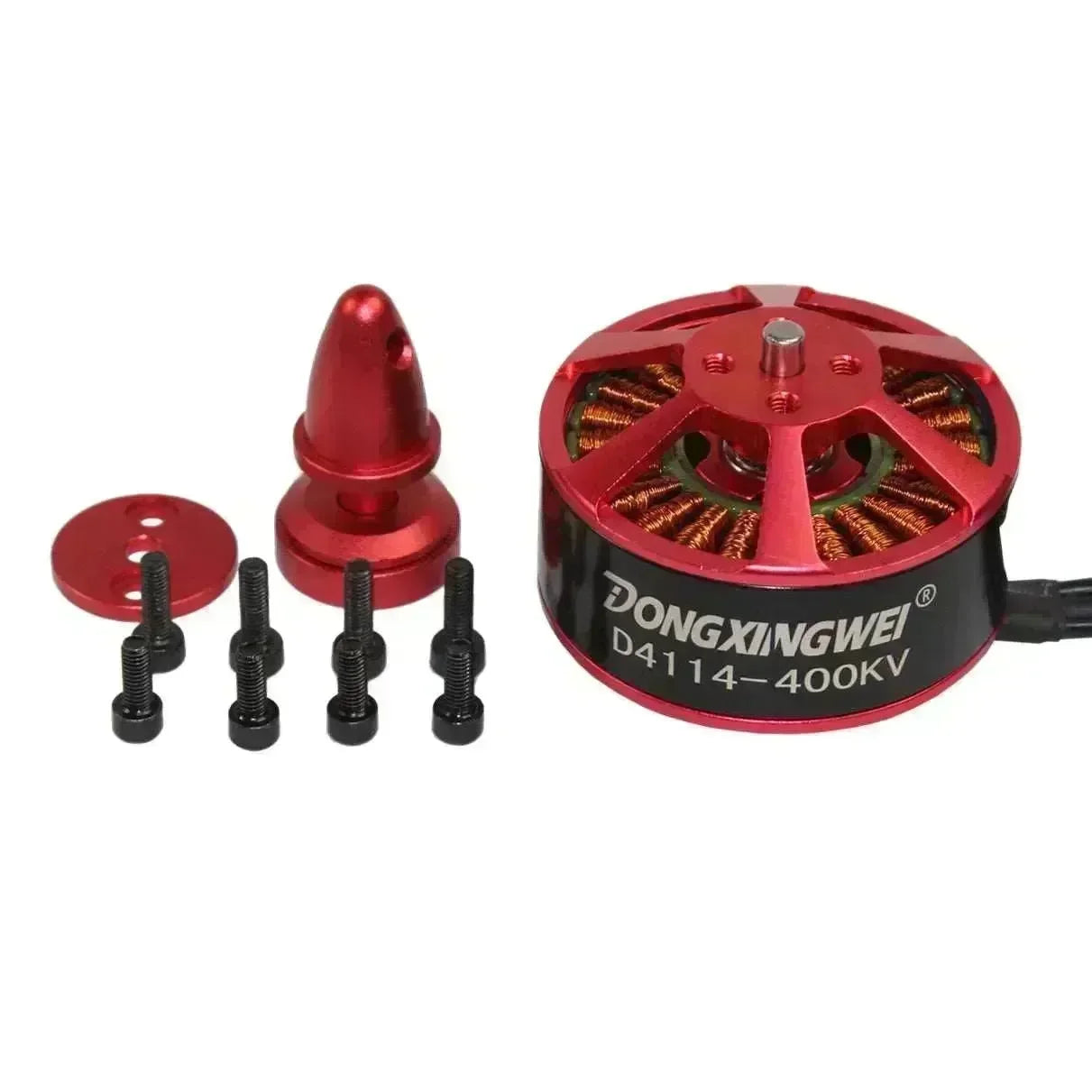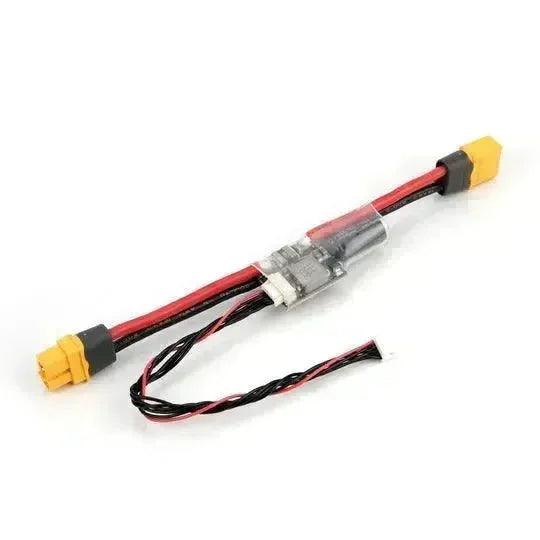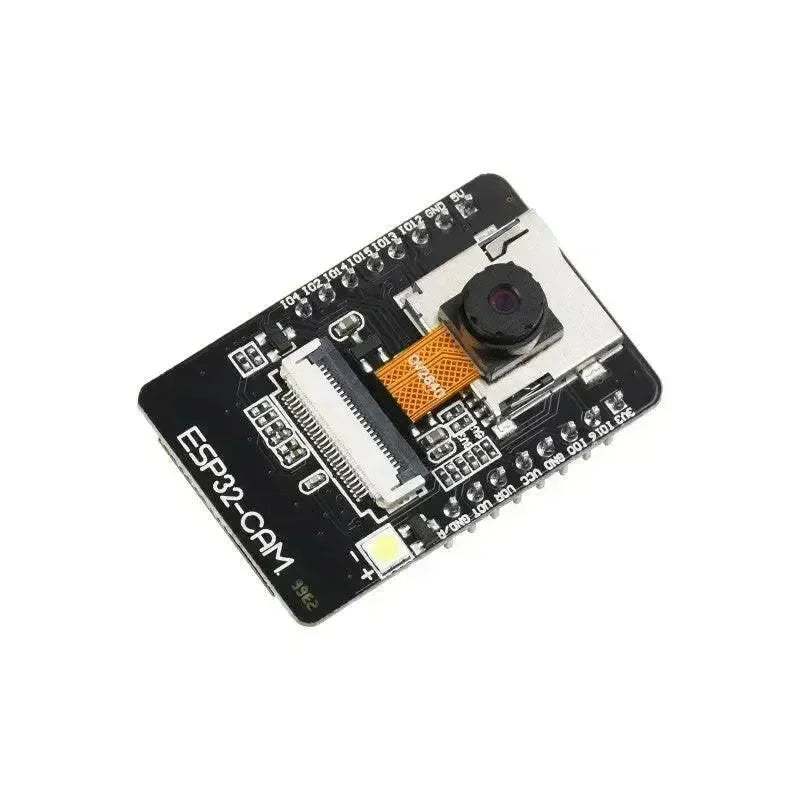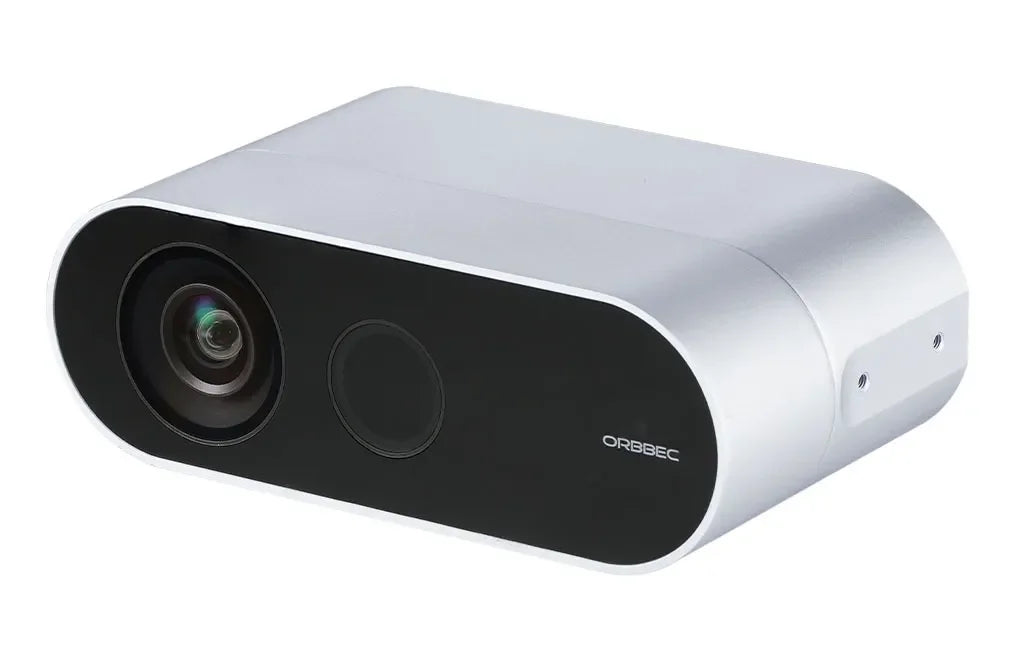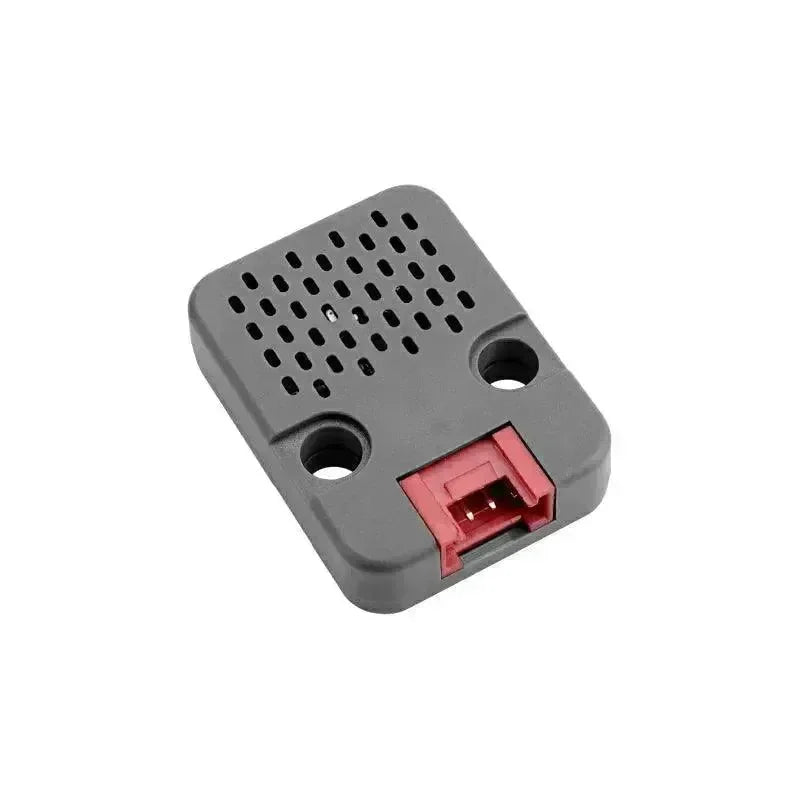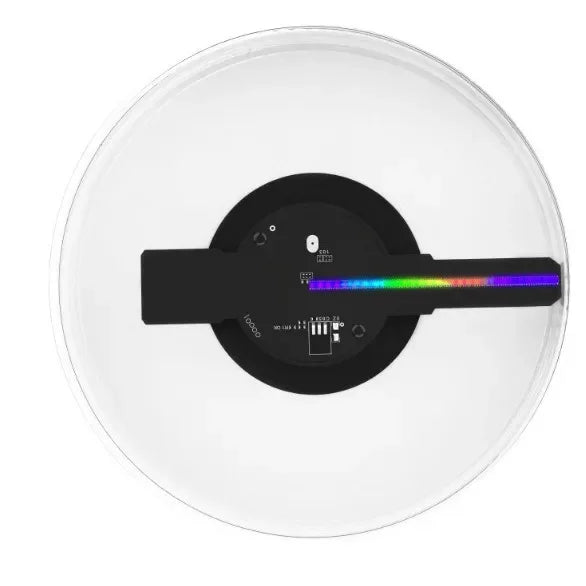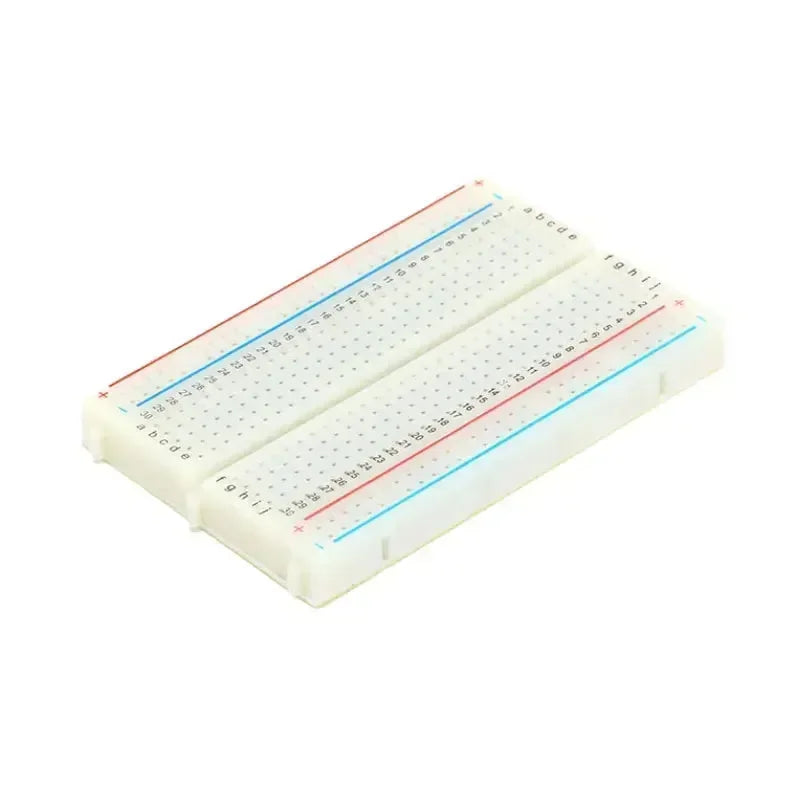If you're working on Arduino or ESP-based projects and need easy, flexible button control, the Button2 library is a powerful solution. This lightweight library extends the capabilities of standard button handling by adding advanced features like long presses, double clicks, and event-driven actions. Here's a closer look at how Button2 simplifies your project’s input management, and why it’s perfect for your ESP32, ESP8266, or Arduino projects.
What is the Button2 Library?
The Button2 library allows developers to easily handle multiple button events beyond the traditional push-and-release. It supports advanced button operations like double-clicks, long presses, multi-clicks, and state tracking. This makes it ideal for projects where multiple actions are assigned to a single button, offering precise user input control.
Key Features of Button2 Library
-
Support Multiple Button Events: Detects single clicks, double clicks, triple clicks, long presses, and more.
-
Event-Driven Actions: Handle button events with callbacks, improving code readability and efficiency.
-
Debounce Mechanism: Built-in debounce handling ensures reliable input detection, preventing false triggers.
-
Multi-Button Support: Manage multiple buttons without complex coding, ideal for multi-functional interfaces.
-
ESP32 and Arduino Compatibility: Works seamlessly with Arduino IDE, supporting both ESP8266 and ESP32 boards.
Why Use Button2 for Your Project?
Handling button inputs efficiently is crucial for many projects, from smart home devices to robotics. Standard button libraries might only detect basic presses, but Button2 goes beyond, offering an event-driven approach with callbacks for multiple button states.
This reduces the need for polling the button constantly in your code, ensuring that the microcontroller can focus on other tasks. Whether you are building smart switches, user input panels, or even games, Button2 provides the flexibility you need.
User Guide
1. Import the Library
In your Arduino/ESP code, use the following code to import the Button2 library:
// Initialize M5StickC Plus2
#include "Button2.h"
✔ Copied!
2. Define the Button
Use the
Button2 class to create a button object and pass the button pin as an argument:// Initialize M5StickC Plus2
#define BUTTON_PIN D3
Button2 button;
void setup() {
button.begin(BUTTON_PIN);
}
✔ Copied!
3. Set Callback Functions
Use the
setXXXHandler() methods to assign callback functions for different button actions:-
setTapHandler(): Triggers for any button tap; serves as the basic callback function. -
setClickHandler(): Triggers on a single click. -
setChangedHandler(),setPressedHandler(),setReleasedHandler(): Detects changes in button state. -
setLongClickDetectedHandler(): Triggers when the button is held for a specified duration. -
setLongClickHandler(): Triggers after the button is released following a long press. -
setDoubleClickHandler(),setTripleClickHandler(): Detects double and triple clicks.// Initialize M5StickC Plus2 void handleTap(Button2& b) { // Handle Button Click Events } void setup() { // ... button.setTapHandler(handleTap); }✔ Copied!
4. Call the loop() Function
In your
loop() function, call the loop() function of the button object:// Initialize M5StickC Plus2
void loop() {
button.loop();
}
✔ Copied!
5. Extended Features
The Button2 library also provides additional features, such as:
-
Customizable parameters like long press duration and double-click timing.
-
Using a timer interrupts calling the
loop()function, preventing the blocking of the main loop. -
Custom button state detection functions that support various types of buttons, such as capacitive touch buttons and I2C-based buttons.
Example Code
Below is a sample code demonstrating how to use the Button2 library to implement a single click and long press:
// Initialize M5StickC Plus2
#include
Button2 button(2); // Create a button object on GPIO pin 2
void setup() {
Serial.begin(9600); // Initialize serial communication
// Handle single click
button.setClickHandler([](Button2 &btn) {
Serial.println("Single click detected!");
});
// Handle long press after release
button.setLongClickHandler([](Button2 &btn) {
Serial.println("Long press completed!");
});
}
void loop() {
button.loop(); // Continuously check for button events
}
✔ Copied!
Conclusion: Simplify Button Management with Button2
The Button2 library is a game-changer for developers working with Arduino, ESP32, or ESP8266. It offers an easy way to manage multiple button states, making your code cleaner and more efficient. Whether you are developing smart home devices, robotics, or interactive projects, Button2 provides the tools to handle button inputs effectively.
With event-driven callbacks, debounce handling, and multi-button support, Button2 takes the complexity out of input management, helping you focus on building great projects. Get started today and experience how easy button control can be!

